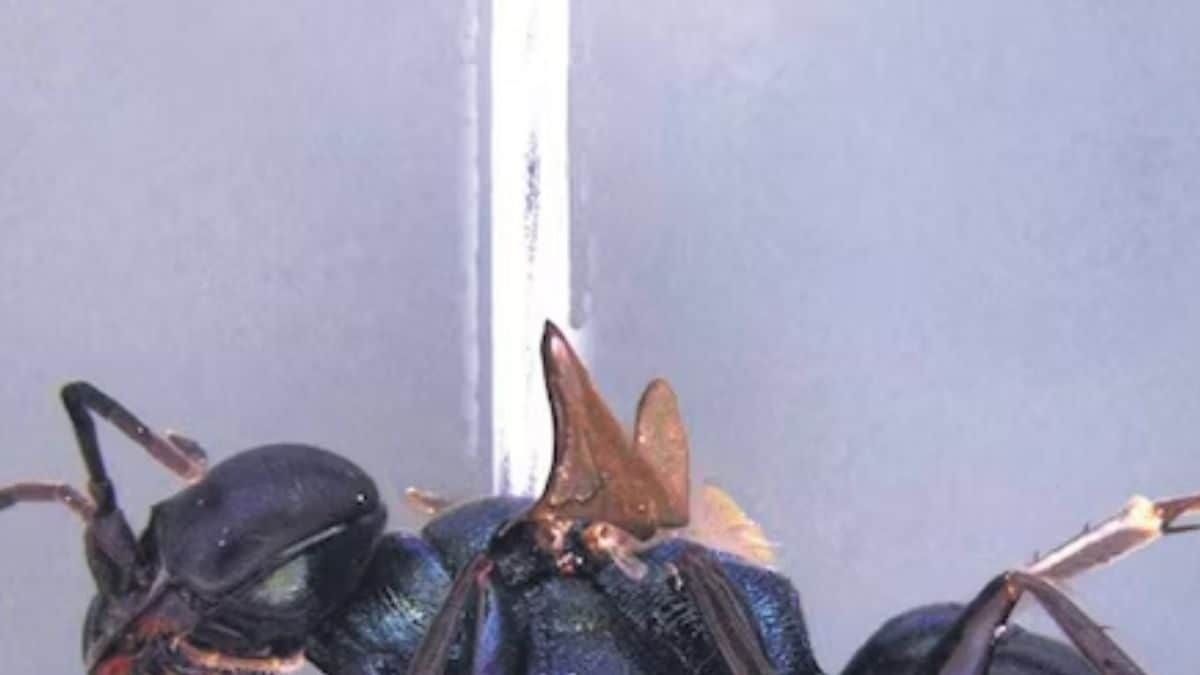The new species has been named Miscophus Kaleshi.
Dr. Kalesh has discovered more than 28 species, including new research he conducted on the Silverline butterfly (cigaritis meghamalaiensis) in the Srivilliputhur Megamalai Tiger Reserve.
A new species of burrowing wasp has been discovered by a Zoological Survey of India scientist and it is named after Thiruvananthapuram-based researcher and doctor Kalesh S. This discovery marks a new addition to South India where a new one has appeared insect species. been found. The species is named Miscophus Kaleshi, after Dr. Kalesh S, who researched the taxonomy of butterflies, ants, odonates, cicadas and mantises in the Western Ghats.
Dr. Kalesh discovered more than 28 species, including new research he conducted on the Silverline butterfly (cigaritis meghamalaiensis) in the Srivilliputhur Megamalai Tiger Reserve.
The discovery of Miscophus Kaleshi is a collaborative effort between the Zoological Survey of India and the University of Calicut, and was led by K Girish Kumar, known for his contributions to entomology and taxonomy, and to the understanding of the diverse life of the insects of the Western Ghats. .
Dr. Kalesh, who is also a plastic surgeon, has been actively involved in taxonomy and research for the last 25 years. Despite having no formal training in taxonomy, his work has been widely recognized by the scientific community.
Dr. Kalesh expressed his gratitude saying that it is a great honor for him and his name will live on even after his life. He currently works at a Thrissur Medical College Hospital and also conducts research in the Western Ghats, besides conducting outreach programs for the Travancore Nature History Society (TNHS).
Girish Kumar praised Dr Kalesh's contributions to natural history studies, particularly his research on ants, butterflies, odonates, cicadas and mantids of the Western Ghats, calling them truly remarkable.
Named 'Miscophus Kaleshi' after Dr. Kalesh S pays tribute to his contributions to the study of biodiversity in the Western Ghats. His dedication and achievements serve as an inspiration to researchers, ensuring that his legacy endures for generations to come.












